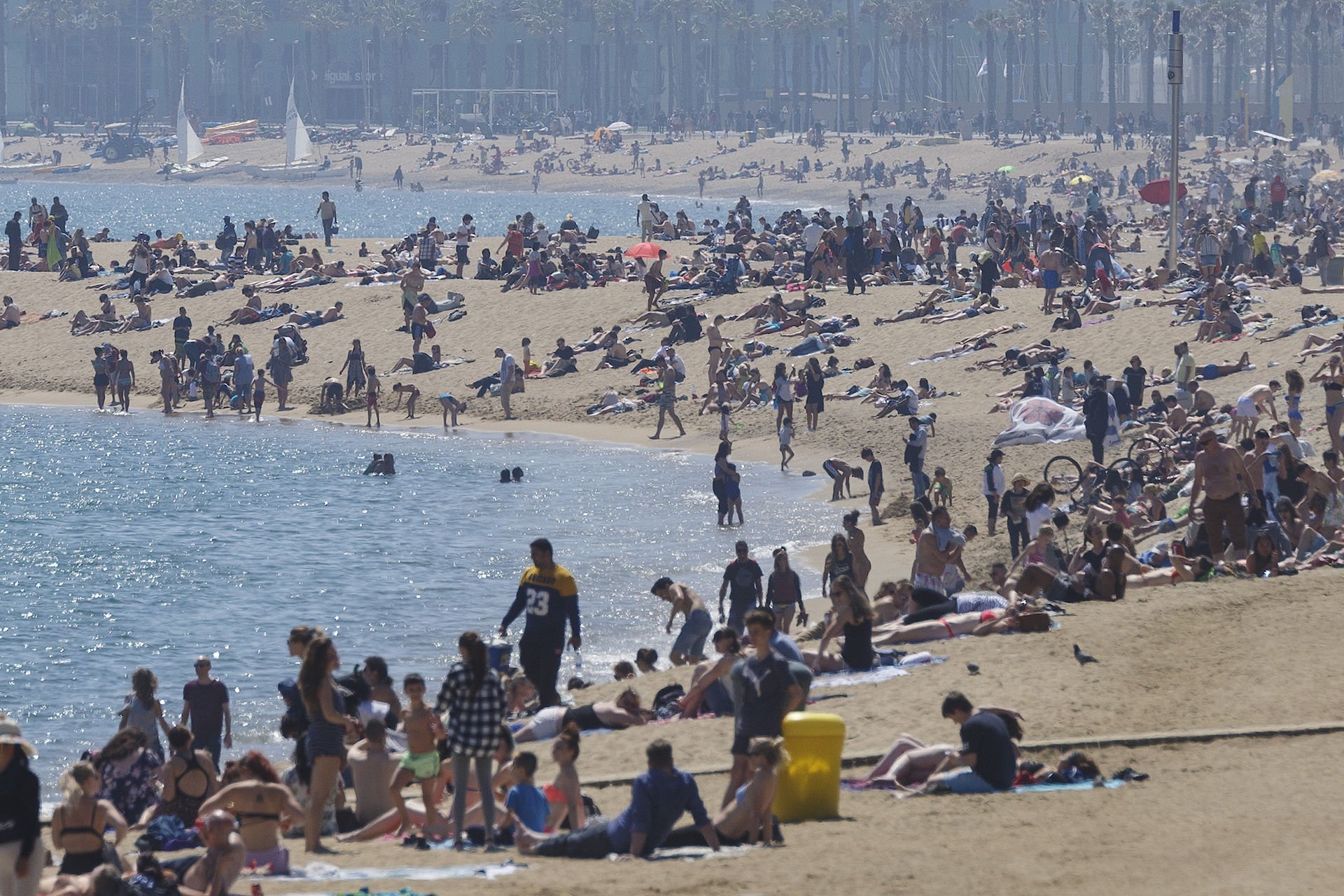Fear of terrorism arising from the latest Jihadi attacks in Europe and tourist destinations in North Africa or Turkey, amongst others, has not only altered the interest of tourists who seek sun and sand and has made them flee many Mediterranean tourist spots, but also cultural tourism hit by terrorist attacks in various European capitals.
The safety of the Catalan coast in this regard —where there have been no such attacks— has made Catalonia a “sanctuary destination.” According to Barcelona City Council Tourism sources, they estimate that 5% of tourist arrivals last year were due to that fear.
But the growth has not only been felt in the capital of Catalonia. The Costa Brava to the north and the Costa Daurada to the south have also seen increasing demand for tourist accommodation. In fact, the Girona Hotel Federation has told El Nacional that they are recovering clients they had lost to “competing countries like Tunisia and who are now back.”
The BBVA bank even says in their report “Situation Catalonia” that almost 50% of this growth in tourism originates from “geopolitical tensions” and the “perception of insecurity” in competing countries, but does not attribute this boom only to Catalonia, but also to other coastal destinations such as Las Palmas or Cadiz.
Reappearing tourists
Demand from tourism has been growing constantly and this year the interest of Russian tourists is playing a leading role. The president of the Catalan Association of Travel Agencies, Martí Sarrate, explained to this newspaper that Russians “had never played a leading part” in Catalonia’s tourist industry, but now the “lack of security or psychological fear makes their safety the most valued factor.”
Besides security, Sarrate also places particular emphasis on cultural tourism with the example of 200,000 Japanese coming to Catalonia each year attracted by the culture.
The Barcelona, Girona and Tarragona coastal regions are already feeling the effect of recovering foreign tourists, from Germany, Netherlands, Belgium, Russia or the UK. According to sources there, they are mostly tourists who have travelled to Tunisia, Egypt or Turkey in past years and who have now stopped going there because of fear of terrorism and war.
New records
Projections are very good. Sarrate made it clear that this year “we will break records” and not just because of fear of terrorism, but thanks to infrastructures such as Barcelona-El Prat airport or the port of Barcelona.
Already in the first fortnight in July, the Alt Empordà region near the French border is expecting occupancy to be between 70% and 75%, between 75% and 80% in the area of the central Costa Brava, and between 80% and 85% in the southern Costa Brava. As usual, occupancy will be lower inland than on the coast. Figures are expected to increase by 5% during the second half of July.
The Costa Daurada, meanwhile, is also showing optimistic forecasts which, if fulfilled, will not only benefit hoteliers but also other Catalan facilities, since traffic at Reus airport is expected to increase by 29% during the summer months.
Most of the tourists who opt for the south of Catalonia will be above all Spanish, Irish, British, German or Russian —who had been lost to other destinations in recent years— and will choose the Costa Daurada either because of geopolitical instability on the Mediterranean in North Africa, or thanks to Ferrari Land, according to the manager of the Hotel and Tourism Business Federation, Marta Álvarez. Political instability would thus not be the only source of increased tourism, but certainly one reason.
Borrowed tourism
The different tourist boards and other bodies associated with the industry agree that they expect to “build loyalty” amongst the “borrowed tourists” who have travelled to Catalonia because of security issues. Russian tourists who had been lost for years have once again visited Catalonia, and not only because of terrorism but also thanks to the improvement in facilities, and tourist services and accommodation.
These reasons —plus the scenery— should be sufficient to make tourists loyal to the Catalan coast. For example, on the Costa Daurada, and as the manager of the Business Federation of Hospitality and Tourism of Tarragona told this newspaper, 65% of tourists return, and now “we just have to cross our fingers and hope nothing happens here, and take advantage of the situation.”
Inland is different
In the meantime however, inland tourism goes for other appeals, and although the Lleida Tourist Board’s forecast is that “it will be better than last year” and increase by 7% as against 2016, it is clear that fear of terrorism has nothing to do with it.
“We want to differentiate this destination from the coastal tourism, where there may be incidents related with tourist destinations, but we don’t relate fear with terrorism here,” they say, while associating climate as a growing factor attracting tourists, who are usually from Catalonia and the rest of Spain, while some 100,000 tourists (around 17%) will be international.

